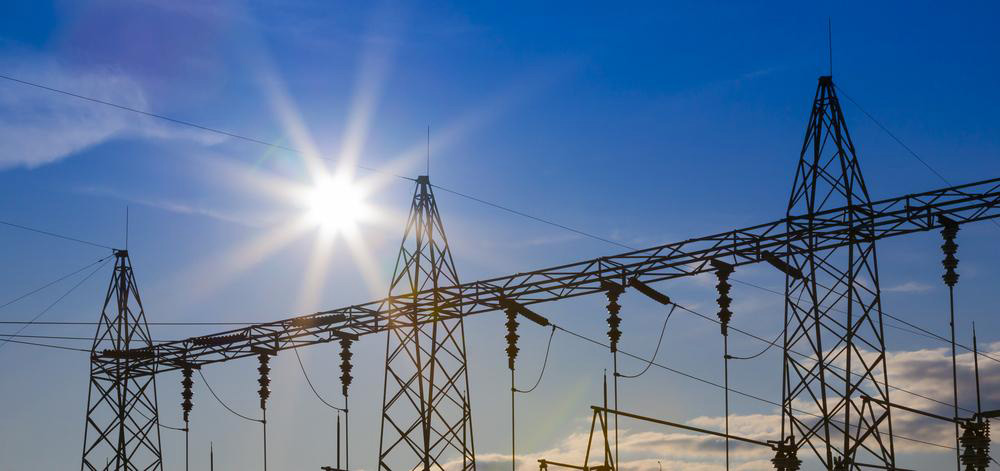Leading Energy Firms in the United States
This article highlights the top energy companies in the U.S., their assets, generation capacities, and recent shifts towards renewable energy sources. It provides insights into the major players shaping the country's power industry, emphasizing their operations, assets, and market influence in a deregulated environment.

Leading Energy Firms in the United States
The utility sector in the U.S. is dominated by several prominent energy companies. The industry has seen numerous mergers, consolidating their market influence. Despite a steady 1% growth rate and relatively low electricity demand reported by the U.S. Energy Information Administration, these companies continue to expand their footprint. Increasing focus on renewable energy and natural gas has contributed to a decline in coal-based power generation.
Major players like Duke Energy, now the market leader after mergers, and Exelon, have established significant dominance in power distribution nationwide.
Recent shifts towards natural gas and renewable sources such as solar and wind have reduced coal usage in power generation. Here are some of the top energy companies in the country:
Duke Energy
Valued at approximately $114.8 billion, Duke Energy is a leading force in electricity and natural gas generation and distribution. Established in April 2006 in North Carolina, it generated 57.5GW of energy in 2013, with a capacity of about 50,200MW across its power plants. The company aims to modernize North Carolina's grid, serving over 1.5 million natural gas customers.
Exelon
This Chicago-based utility, founded in 1999, manages assets around $80 billion. With 7.4 million customers, its key focus is nuclear power, constructing and operating the largest nuclear fleet in the U.S. It supplies electricity and natural gas to approximately 10 million users, with a total generation capacity exceeding 34.6GW from diverse sources including nuclear, gas, solar, wind, and hydro.
Southern Company
Founded in 1945 and headquartered in Atlanta, Southern Company operates major subsidiaries such as Georgia Power and Alabama Power. Valued at about $64.5 billion, it produces roughly 42% of its electricity through natural gas and coal, with substantial contributions from hydropower and nuclear energy. It manages around 46,000MW of capacity and maintains extensive natural gas pipelines and electric transmission lines.
NextEra Energy
Worth roughly $69.3 billion, NextEra Energy, established in 1984 in Florida, owns some of the largest power stations in the country. It generates approximately 45,900MW and serves nearly 10 million customers across the U.S. and Canada. The company is investing heavily in solar power facilities, planning new solar plants to expand renewable capacity.
Dominion Resources
Founded in 1983 in Virginia, Dominion Resources is a major producer and transporter of energy valued at about $50.1 billion. It generates nearly 26,400MW of electricity and manages vast natural gas pipeline infrastructure, including 66,000 miles of pipelines. It oversees over 64,200 miles of electric transmission and distribution lines.
American Electric Power
This Ohio-based company, established in 1905, supplies power to 11 states, serving over 5.4 million customers with assets exceeding $63.5 billion. It produces over 26,000MW of electricity and owns extensive transmission infrastructure, supporting the country's energy needs.
Pacific Gas and Electric
Operating since 1905 and based in San Francisco, PG&E is the largest combined electric and gas producer, serving over 16 million consumers. It manages an extensive network with over 106,681 miles of electric lines and 18,466 miles of transmission lines.
PPL Corporation
PPL, an investor-owned firm, produces around 8,000MW of power, serving approximately 10 million customers in the U.S. and U.K. It operates over 218,000 miles of electrical lines, delivering roughly 144 billion kilowatt-hours annually.
Overall, there are more than 3,300 power companies nationwide, with about 200 supplying services to most users. The grid extends over 2.5 million miles of lines and includes thousands of transmission systems. Residential users are the primary consumers, accounting for the largest share of energy sales. After the mergers, Duke Energy ranks as the leading utility, with deregulated generation, transmission, and distribution, influencing varying rates across states. In 2017, residential consumers consumed over 1.41 petawatt-hours of electricity.










